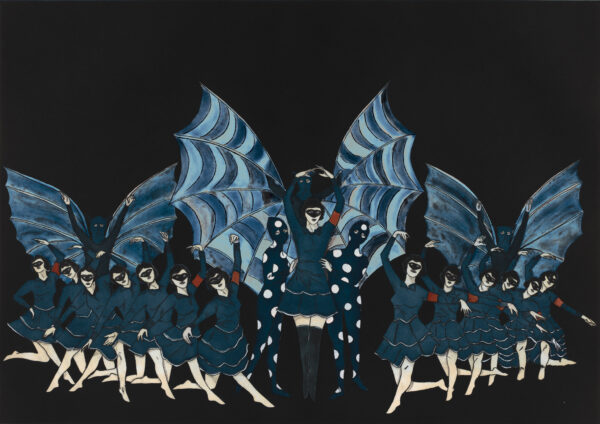
Color spit bite aquatint with aquatint and soft ground etching.
21½ x 30¾"; 29½ x 37¼". 25.
Crown Point Press and Emily York.
$4,000 InquireInquire
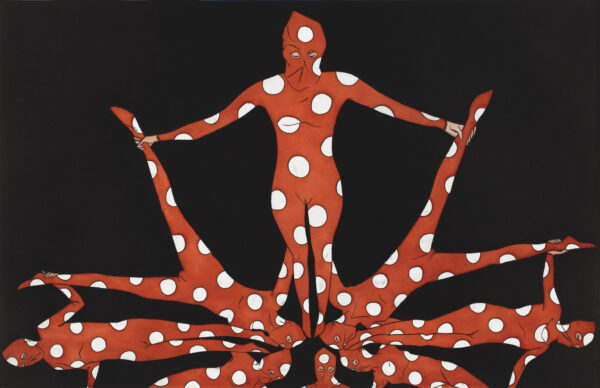
Color spit bite aquatint with aquatint and soft ground etching.
21½ x 33½"; 29½ x 40½". 25.
Crown Point Press and Emily York.
$4,500 InquireInquire

Color soft ground etching with spit bite aquatint and aquatint.
31½ x 21½"; 39½ x 28½". 25.
Crown Point Press and Emily York.
$4,500 InquireInquire
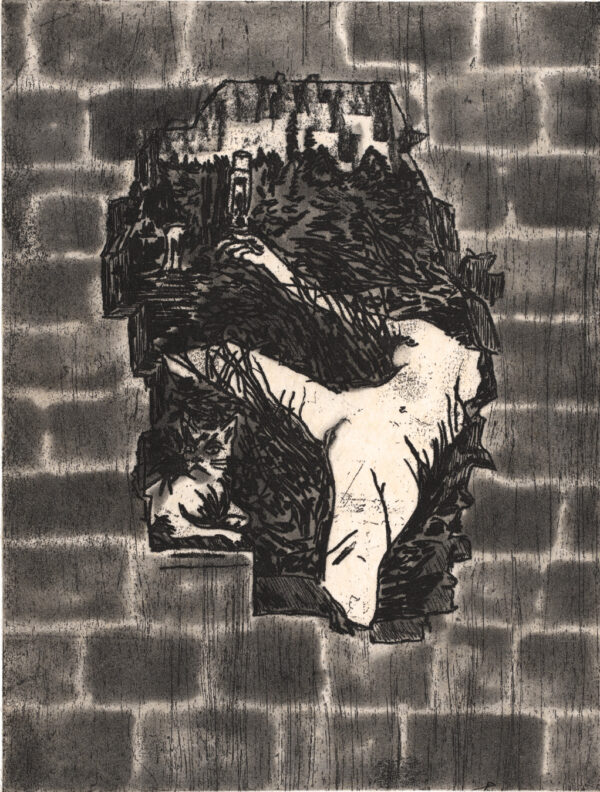
Soft ground etching with spit bite aquatint printed on gampi paper chine collé.
8 x 6"; 13 x 10". 25.
Crown Point Press and Emily York.
$900 InquireInquire
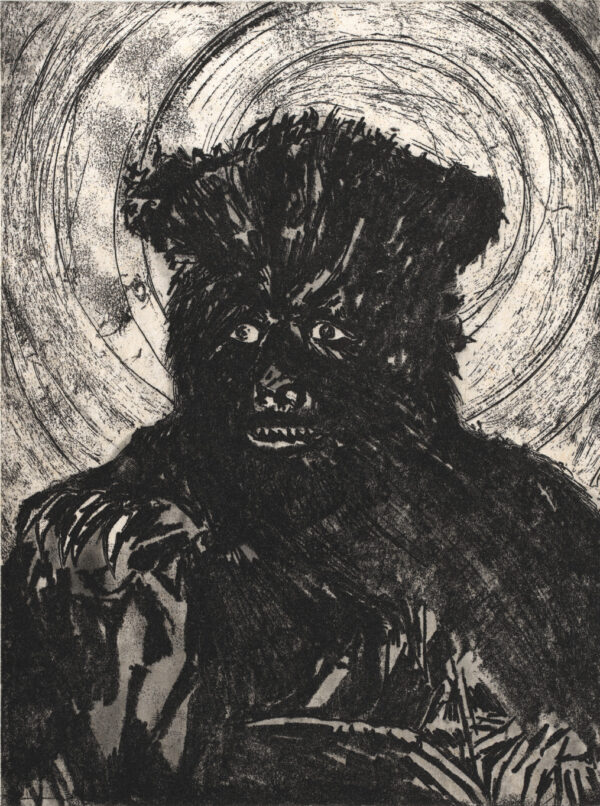
Soft ground etching with spit bite aquatint on gampi paper chine collé.
8 x 6"; 13 x 10". 25.
Crown Point Press and Emily York.
$900 InquireInquire
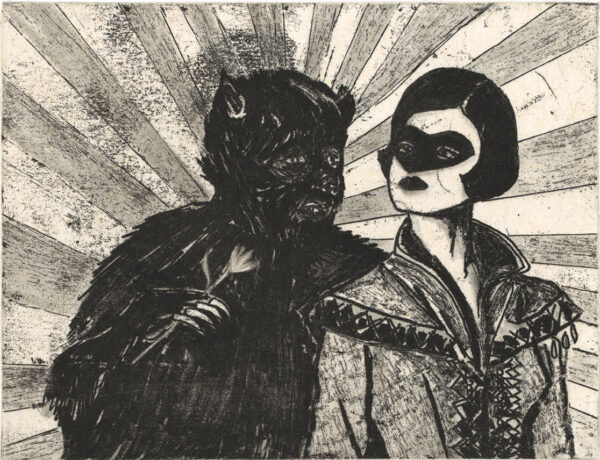
Soft ground etching with spit bite aquatint on gampi paper chine collé.
5 x 6½"; 13 x 10". 25.
Crown Point Press and Em.
$900 InquireInquire

Soft ground etching with spit bite aquatint on gampi paper chine collé.
5 x 6½"; 13 x 10". 25.
Crown Point Press and Emily York.
$900 InquireInquire

Soft ground etching with spit bite aquatint on gampi paper chine collé.
8 x 6"; 13 x 10". 25.
Crown Point Press and Emily York.
$900 InquireInquire
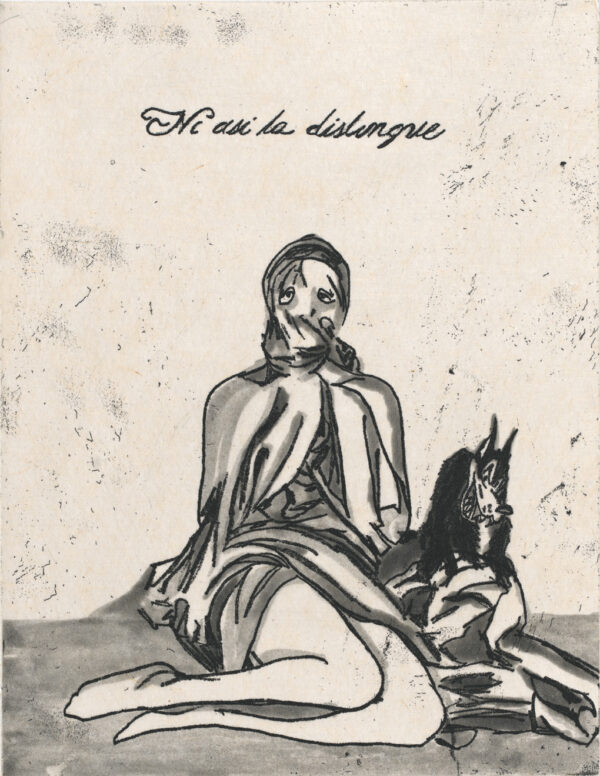
Soft ground etching with spit bite aquatint on gampi paper chine collé.
8 x 6"; 13 x 10". 25.
Crown Point Press and Emily York.
$900 InquireInquire
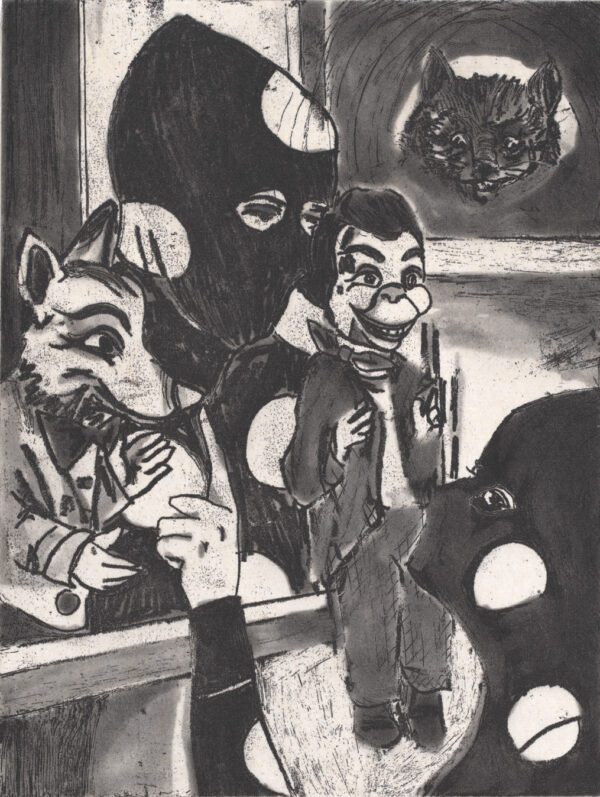
Soft ground etching with spit bite aquatint on gampi paper chine collé.
8 x 6"; 13 x 10". 25.
Crown Point Press and Emily York.
$900 InquireInquire
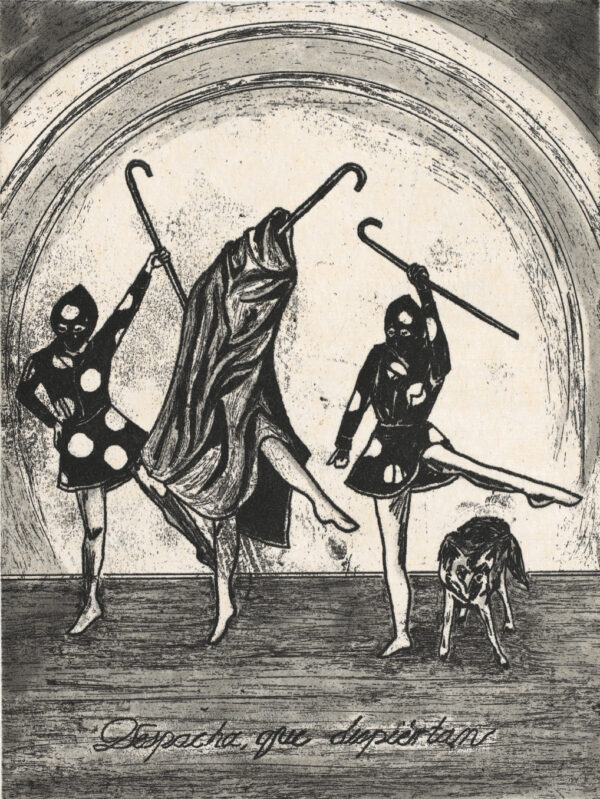
Soft ground etching with spit bite aquatint on gampi paper chine collé.
8 x 6"; 13 x 10". 25.
Crown Point Press and Emily York.
$900 Unavailable

Soft ground etching with spit bite aquatint on gampi paper chine collé.
8 x 6"; 13 x 10". 25.
Crown Point Press and Emily York.
$900 InquireInquire
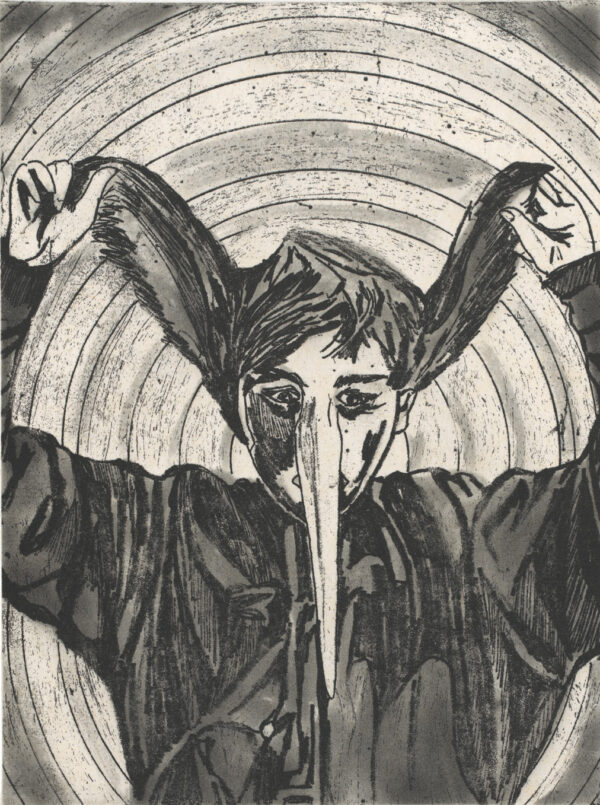
Soft ground etching with spit bite aquatint on gampi paper chine collé.
8 x 6"; 13 x 10". 25.
Crown Point Press and Emily York.
$900 InquireInquire
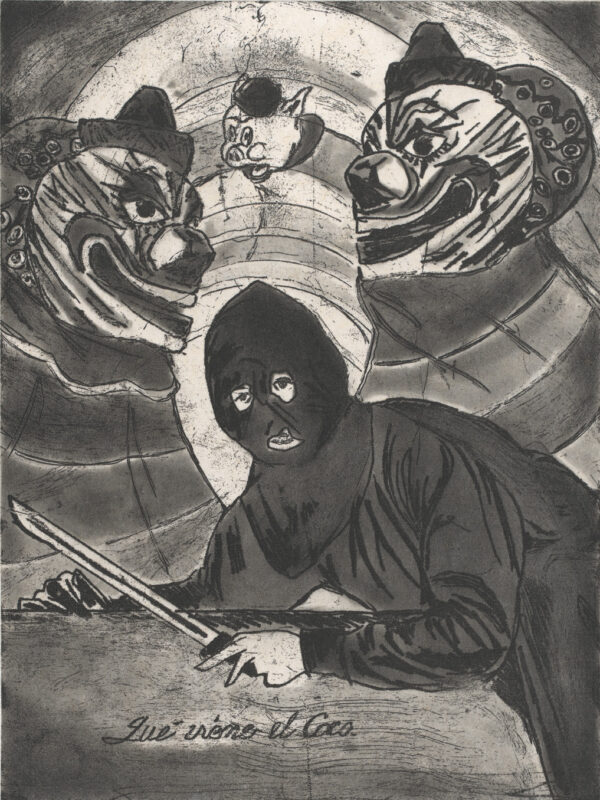
Soft ground etching with spit bite aquatint on gampi paper chine collé.
8 x 6"; 13 x 10". 25.
Crown Point Press and Emily York.
$900 InquireInquire
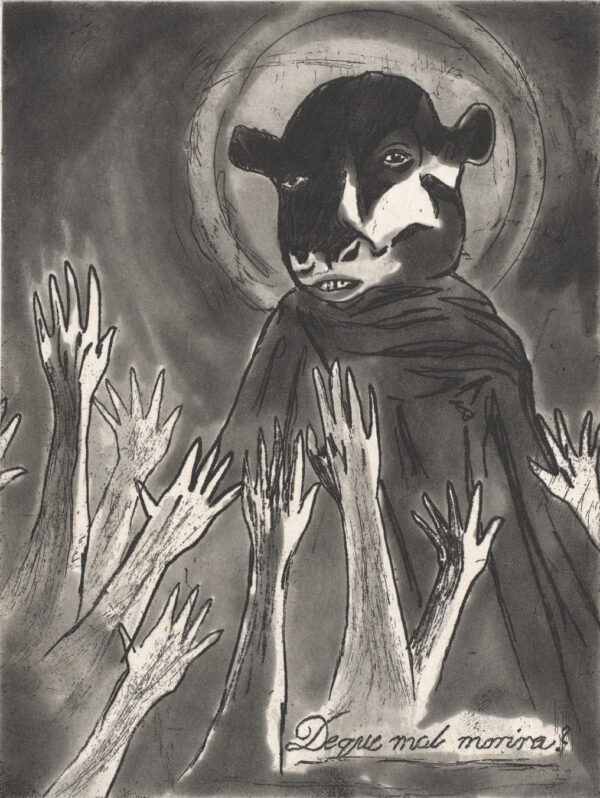
Soft ground etching with spit bite aquatint on gampi paper chine collé.
8 x 6"; 13 x 10". 25.
Crown Point Press and Emily York.
$900 InquireInquire

A portfolio of twelve soft ground etchings with spit bite aquatint printed on gampi paper chine colle.
varies; 13 x 10". 25.
Crown Point Press and Emily York.
$10,000 InquireInquire
